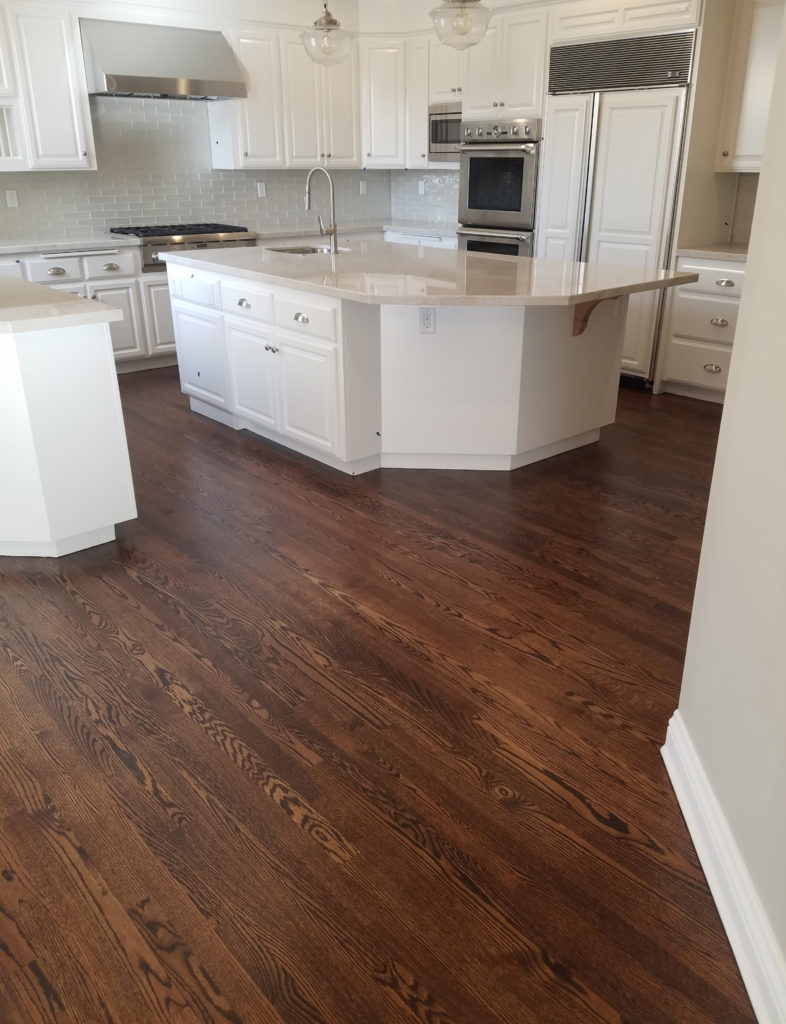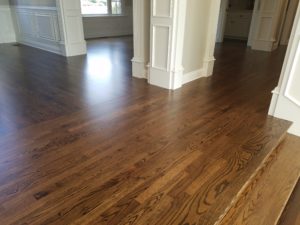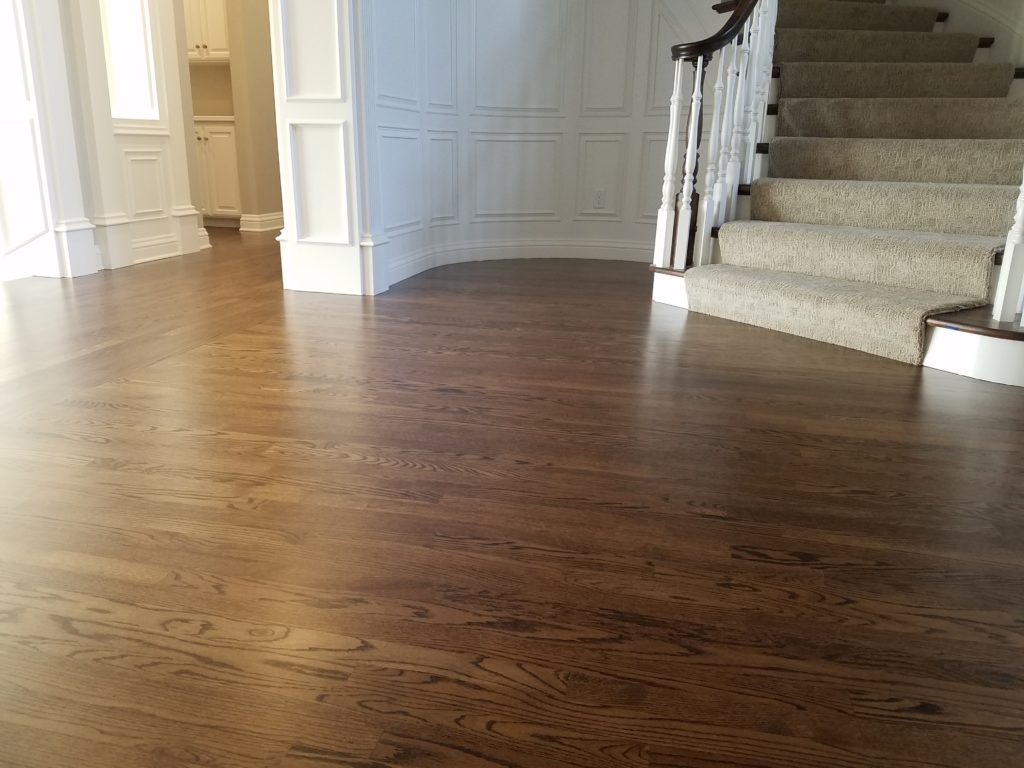How We Contain Wood Dust
 At Avi’s Hardwood Floors we use several ways to control the cleanliness of your home while we sand and finish your wood floors.
At Avi’s Hardwood Floors we use several ways to control the cleanliness of your home while we sand and finish your wood floors.
We start with a clean site. Normally we would vacuum the floors and spend time taping off areas of the home where we don’t work. If we work in kitchen area we tape off all cabinets and if you have a big tv and wall mount speakers we will tape them off as well.
We use state of the art sanding machines – these machines are expensive industrial type sanders that are specifically designed for wood sanding. These sanders are the only ones in the world tested for wood dust emissions and are the most efficient in dust containment. Sounds like magic, right? Not really. We have seen other contractors claim to be dust free when in fact all they have is an old sander with a cheap utility vacuum attached to it. A vacuum sucks in the air and blows out air. If the vacuum is not designed to capture and contain the fine particles of dust then that dust will end up back in the air.
Some of our sanders have built in dust containment systems. All we have to do is empty the bags outside when they are full. Some of our other sanders are part of a dust free sanding system so all the vacuums are interchangeable and all the filters are HEPA filters. HEPA is the most efficient filter (and most expensive) in collecting fine dust.
Of course, there is always a few dust particles that get away and end up on the baseboards or in the corners. The last step of refinishing your floors is vacuuming every inch of the floors, window cells and other areas. We thoroughly check the site for any dust and wipe off any surfaces like counter tops.
The results yield a clean home with a newly refinished floor and a clean top coat of finish with no debris or dust stuck in it. At Avi’s Hardwood Floors we have done hundreds of jobs for families that had members of the family with allergies or other health conditions. We even did a few jobs for some with severe dust allergies. Those home owners had such strong reactions to dust they had specialty air cleaning systems installed in their home. Hiring us was the sure thing to do and we never disappointed anyone with our promise for a clean sanding job.
One client insisted we taped off their entire living room before we started work. We did. He came to check up on us a few hours into the refinishing process and said: “wow, there really isn’t any dust!” we just smiled and kept on sanding.


 Wood dust is not something our bodies can process. Wood dust is one of the more common causes of health problems especially lung related conditions.
Wood dust is not something our bodies can process. Wood dust is one of the more common causes of health problems especially lung related conditions.